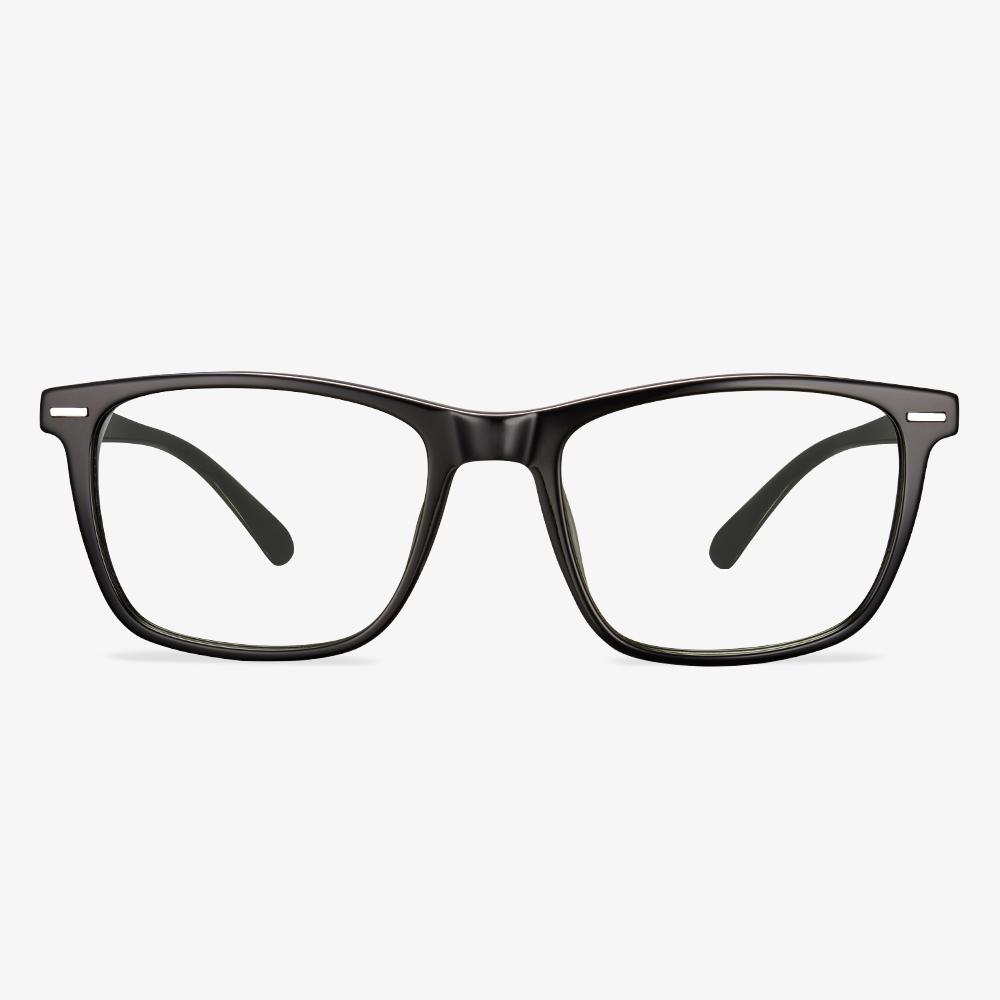What Are Varifocal Glasses?
Varifocal glasses, also known as varifocals, varifocal lenses, or progressive lenses, have a gradual change in strength from the top of the lens to the bottom with multiple focal points in between. Unlike bifocals, varifocal glasses have no specific area of lens strength, but progressive lens zones.
Varifocal glasses have three different prescriptions in one pair of glasses, allowing you to correct near and far vision. And it is convenient for you since you don’t have to change the glasses frequently.
Possible effects of driver's lens color on driving
Color plays a very important role in your everyday driving experience -- red, yellow, and green traffic lights, among many other signs and signals, are designed to grab your attention and keep you safe. If everything you see is yellow, you may make the wrong decision at the red light and may cause an accident. To keep your vision clear in night and day conditions, anti-glare night driving glasses are not just for night driving.
The Disadvantages of Aspheric Lenses
Here, we will show some disadvantages of aspheric lenses.
The aspheric lens has a relatively small light area. When the eyeball rotates around, it will blur a little when looking at the outside through lens edge. In other words, the visual range of the line of sight becomes smaller.
Human’s eyeball is spherical and the eyeball rotates to the edge. Through aspheric lenses, the objects near the eye appear protruding.
OSKIDE night driving glasses
With excellent night vision, this product can provide you with clear vision when driving at night, on cloudy or rainy days. In addition, it can protect you from the sun's harmful rays and bright headlights. Made of durable materials, they are flexible enough to withstand strenuous exercise and high-intensity outdoor activities. Equipped with polarizing lenses, they reduce glare and improve clarity when bright lights may be distracting, so they are perfect for sunny days or night driving. And it has UV 400 UV protection function. It protects your eyes from harmful ultraviolet and blue light.
Buy Glasses For Kids - Proper Lens
The size of the lens mainly determines the size of the eyeglasses. The outer edge of the rim of the lens should be on the outer edge of the orbital bone. If it is larger than the face, the rim of the lens frame will be too big. If the lens is only as big as the eye, the frame can easily deform. Resin and hard lenses should be considered first because glass lenses are fragile and easy to damage children's eyes. Resin lens mainly needs the accuracy of the axis of scattered light. The matched luminosity must be accurate. There are no scratches, no bubbles, and no impurities on the lenses. The degree of the lens selected for the child must conform to the quality testing standards promulgated by the state, and the error of the diopter should be within the range of the requirements of the national standard.
The price of prescription glasses
You need a current (unexpired) prescription to order glasses online. You will enter your prescription and select the available lens options during checkout. Prescription glasses start at about $40. Single vision lenses are free when you buy the frames, and progressive wireless lenses typically cost an extra $80 or so. Other lens options include clear lenses with no extra charge, basic tone lenses (for sun protection) with the price of $40,polarized-tone lenses (for protection and glare reduction)with the price of $50, and transition lenses (for indoor and outdoor use) with the price from $65.
What Do the Numbers on Glasses Mean?
The first number on glasses frames is the eye size. It is the horizontal width of the lenses. In general, the number of eye sizes varies from 40 mm to 62 mm in most of the spectacle frames.
The second number is the bridge size. It is the distance between the lenses. Also, it is the bridge that rests upon your nose. Mostly, the size of the bridge on glasses frames would be from 14 mm to 24 mm.
The third number is the temple length. It is the length of the stems of the frame that rests upon your ears. It can be measured from hinge to the end tip of the temple. In general, the temple length in most cases is from 120 mm to 150 mm. The bridge and temple help the frame to comfortably fit on the face.
Meanwhile, if there are no numbers on glasses frames, do not worry. You can always measure your eyeglasses frame with a millimeter ruler. Sometimes, the tiny numbers are worn off or sometimes they are printed too small that you might have to use the magnifying glasses. If you have known the glasses numbers meaning, you can choose to measure them by yourself.
At the same time, to fit the glasses better, you can also choose to measure your face for glasses frames. After knowing the suitable size of glasses, you can choose to buy a pair of glasses online. Thus, Koalaeye Optical is recommended. It is an online glasses store and provides all kinds of glasses, sunglasses, and frames. What’s more, these glasses are stylish and cheap.











































